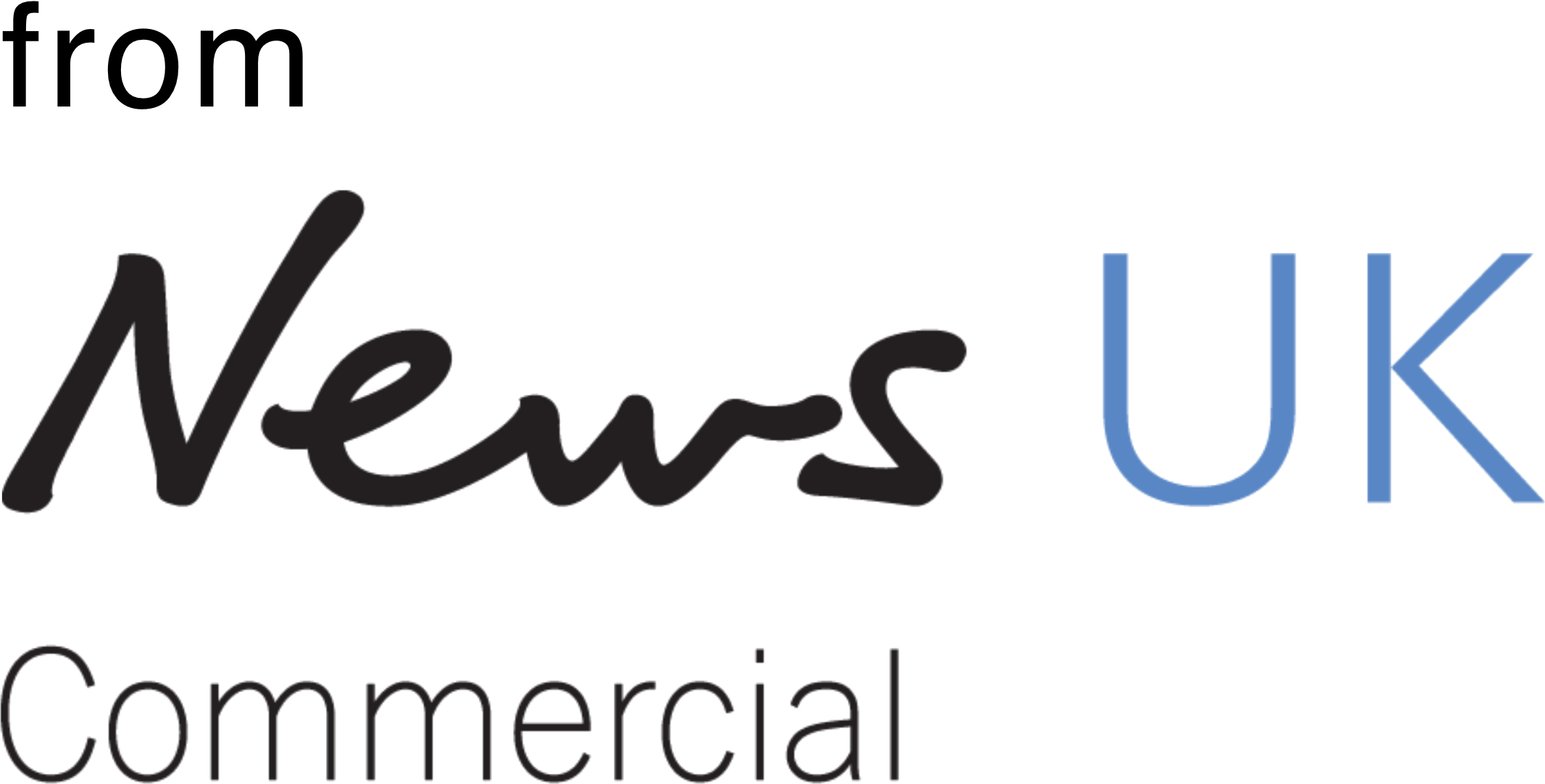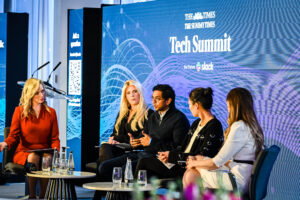Brands have long traded ads on the frequency and reach of impressions, rather than on the attention known to be generated by them.
But buying with viewability alone - the mere “opportunity to see” an ad - is increasingly seen as unreliable, while deprecation of digital ad identifiers is limiting the measurement of audiences even further.
Now, however, so-called “attention-based targeting” solutions are promising to reboot advertising economics for the way ad inventory really resonates.
Why is attention valuable?
At its most basic, “attention” is a finite human choice between numerous options. Advertisers and media owners compete for this resource - but the striking truth is that only 18% of “viewable” digital ads actually get noticed.
That is because, when it comes to attention generation, not all media environments are equal. If advertisers could reorient their media planning toward publishers that cultivate heightened attention, they could move the effectiveness needle.
By using high-quality, uncluttered, contextually-relevant environments and high-impact ad space, rather than a traditional reach-and-frequency approach, Dentsu says one client produced 3.7 years of “extra attention” in just one month, with no increase in budget. Attention predicts brand choice seven times more effectively than mere viewability data, Dentsu says, while other studies show attention is a good proxy for sales impact.
The great Attention Economy report from Dentsu Aegis shows the positive correlation between time spent with ads and sales uplift.
This is a well-known but little discussed relationship that we all ignore when we shove 2-6s ads on digital display and social channels. pic.twitter.com/k2gTSPUZBa
— Dom Whitehurst (@DomW) September 13, 2019
What is an attention currency?
By feeding historical eye-tracking results into machine learning algorithms, software makers are generating predictive models for the attention associated with particular inventory characteristics. Next up, the vendors are on a quest to make this attention tradeable.
Ebiquity, the independent media consultancy, has worked with eye-tracking research company Lumen and head-tracking TV research company TVision to develop a new “composite metric” that values the likelihood someone will view a particular type of ad and the average time they spend looking at it. The result is an “attention currency” which shows the attentive seconds per thousand impressions, or “aPM”.
But this isn’t a one-horse race. Dentsu, also working with Lumen, has developed its own currency, effective attention cost per a thousand (EACPM), to value ad formats based on the effectiveness of attention relative to the cost of the unit. Adelaide Metrics, meanwhile, has developed what it calls Attention Units (AUs) - a score based on an ad tag matched with attention insights linked to the quality of the media placement.
Whether it is aPM, EACPM, AU or another acronym, it is clear a race is on to redefine media metrics around attention. Which one, or ones, will catch on is not yet clear. Eventually TV, programmatic out-of-home and gaming could join online display and video advertising in using a common attention currency - but the industry is not there just yet.
How does a brand access the attention economy?
Advertisers will get to use the new attention metrics at the same stages and with the same tools they buy traditionally today - planning, creative, buying and insights.
- First, agency planning tools are beginning to embed attention. The likes of Dentsu, Havas Media and OMD have made public their efforts to develop this. Others may follow suit, particularly once cookies are fully deprecated in 2023.
- Second, it is now possible to buy attention through a participating demand-side platform (DSP), optimising towards high-attention inventory in display and video in real-time, just like traditional methods. Currently, Google’s DV360, Avocet, The Trade Desk and MediaMath support this by using a custom algorithm from an attention-based measurement partner. All publisher inventory is available.
- Third, concerning measurement and reporting, pixel tagging technology is now able to estimate not only if an ad is viewable, but also how much attention it gets, and the duration of the attention. Lumen, Adelaide and Playground XYZ have developed this capability.
- Creative and targeting both influence attention, and must be key considerations. Optimisation tools have been developed, allowing brands to test and fine-tune the attention given to marketing output, or even their websites and apps. Any business with dedicated eye-tracking capabilities supports this.
There's a lot of buzz around attention-based advertising but don't just assume that all the benefits are for the advertisers. Attention technologies offer a whole host of potential for publishers, too...https://t.co/M0TQD6sv3O
— Ramy Yared (@ramyyared) October 1, 2021
What should I do if I’m interested?
Begin by speaking with an agency partner to understand their views on this developing market. To gain a more complete market view, also investigate how publishers are optimising for attention - alongside other engagement metrics. Digital publisher sales house The Ozone Project is a good resource to see the market-wide impact of this, and will be able to offer advice to buyers.
Following this, consider trials. Here, the most cautious approach would be to apply attention predictions to historic data and results.
After that, advertisers can test the waters further by applying tags to live campaigns, where they can observe the relationship between predicted attention and actual sales.
With these learnings under their belt, the next step would be to formally move to attention-based buying, while continuing to test and learn.
Which vendors should I use?
Over the last decade, different businesses have staked a claim to attention measurement, with many allowing that data to be leveraged further by plugging it into different agency and DSP systems. Broadly, they can be split into three different classifications.
- Dedicated research companies - the three big players are Lumen, TVision and Amplified Intelligence. They offer the most sophisticated and established solutions, built ground-up, and feed their data into agency planning tools and DSPs.
- Research and tech companies that carry out more ad hoc eye-tracking research, or take on the work as a subset of other marketing propositions. These include Tobii, Viomba, Sticky, Playground XYZ and Realeyes.
- Measurement vendors such as MOAT, Adelaide, DoubleVerfify and IAS. These well-known industry names use proxies and predictive models, usually based on pre-existing viewability tech, rather than dedicated eye-tracking.
A responsible buyer should take stock of the entire market, and make decisions based on their own perceptions of data quality, experience and effectiveness.
However, if they have further questions, it would be useful to look at the work of The Attention Council, and read the many interesting reports that have accompanied years of research and tech development.
However, don’t just limit that to modern marketing; the ideas that ignited interest in this area date back to the 60s and 70s and, although the world has changed drastically since then, human behaviour certainly hasn’t.








